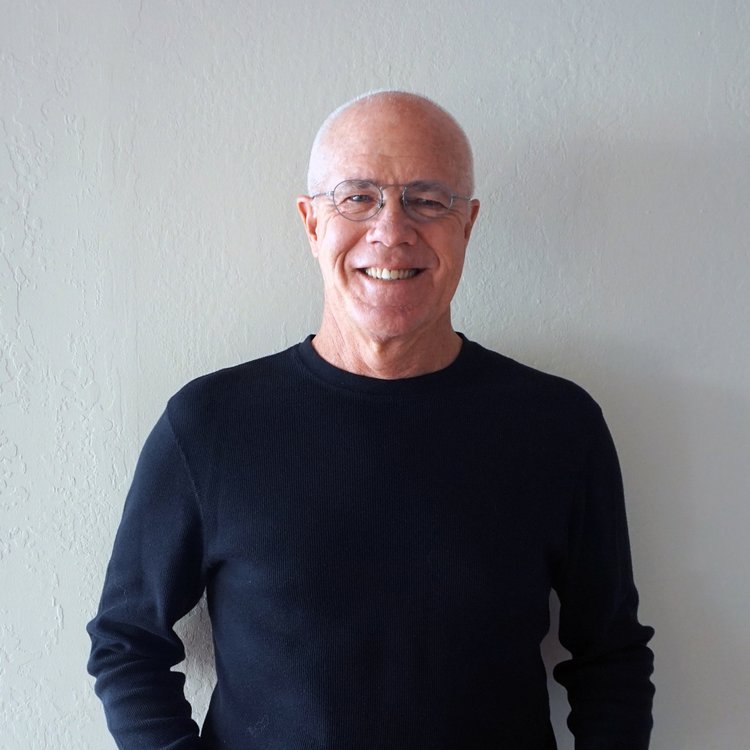First Hit: Outstanding film of an enigmatic man who played the best mouth harp ever.
I recall seeing Paul Butterfield in 1969 at Fillmore West prior to my heading into the service. What an experience. It was like a cheetah making its final pounce into the meat that will keep him alive.
“Butter”, as the interviewed Elvin Bishop called him, attacked and coerced sounds and music out of the 6-inch instrument that sounded as if it came from another world. This film excellently captured the man and his path of becoming the best harp player ever.
The film tracks through his life as a musician. This wasn’t surprising, however, what was surprising was that by the film’s end, I realized I learned very little about the man himself. What drove him to be the best harp player ever.
Yes, the film briefly touches on his abrupt and short first marriage to Virginia McEwan and that they had a child named Gabriel. She offered to marry him to keep him from being drafted because the Vietnam war was ramping up.
We also meet the love of his life Kathy, with whom he had a son named Lee. Even though this film dedicates numerous minutes to interviews with Kathy, Lee, and his brother Peter what I learned is that he loved his wife and child, they loved him and he and his brother were once close, not much more. Paul was an enigma a stranger to those around him except when he blew.
His playing was concise, strong, clear, and very intense. It was if he was the sound he made, no more and certainly no less.
I loved how they tracked through his beginnings as the only white guy in a black blues club in the South Side of Chicago, getting asked to sit in by Howlin’ Wolf and Muddy Waters. When he blew, everyone knew he was powerfully pure. He blew and sang from his entire body and soul. It wasn’t long before he became the featured performer in these small Hyde Park blues clubs.
Creating a band of his own, two of Howlin’ Wolf’s rhythm players bassist Jerome Arnold and drummer Sam Lay, joined him along with guitarist Nick Gravenits, and eventually guitarists Elvin Bishop, Michael Bloomfield, and keyboard player Mark Naftalin. The lineup of the band fluctuated as people came and left. One this is for sure, his sound brought the blues into the mainstream ears of young people everywhere.
A couple things to note, he was probably the first rock and roll blues band to be integrated and he told drummer, when they started touring, if they don’t accept you, we won’t be playing. He never understood racism or segregation.
This film uses a ton of archival footage of “Butter” playing his heart out. One thing I noticed as he played, that he played the harmonica backwards from the standard way. High notes were on his left and low notes on his right. He was left handed. The music choices in this film are excellent as they show off his versatility.
The interviews were well done and intermixed really well with the archival footage. I was so surprised and happy to see shots of the “Golden Bear” nightclub, where I grew up, in Huntington beach as this club was closed and destroyed in 1986 but Paul’s band played there.
Sandra Warren produced and John Anderson co-produced and directed this film. It was outstanding and the audience can see the care and love they put into this effort.
Overall: A wonderful experience in learning about an amazing musician.
